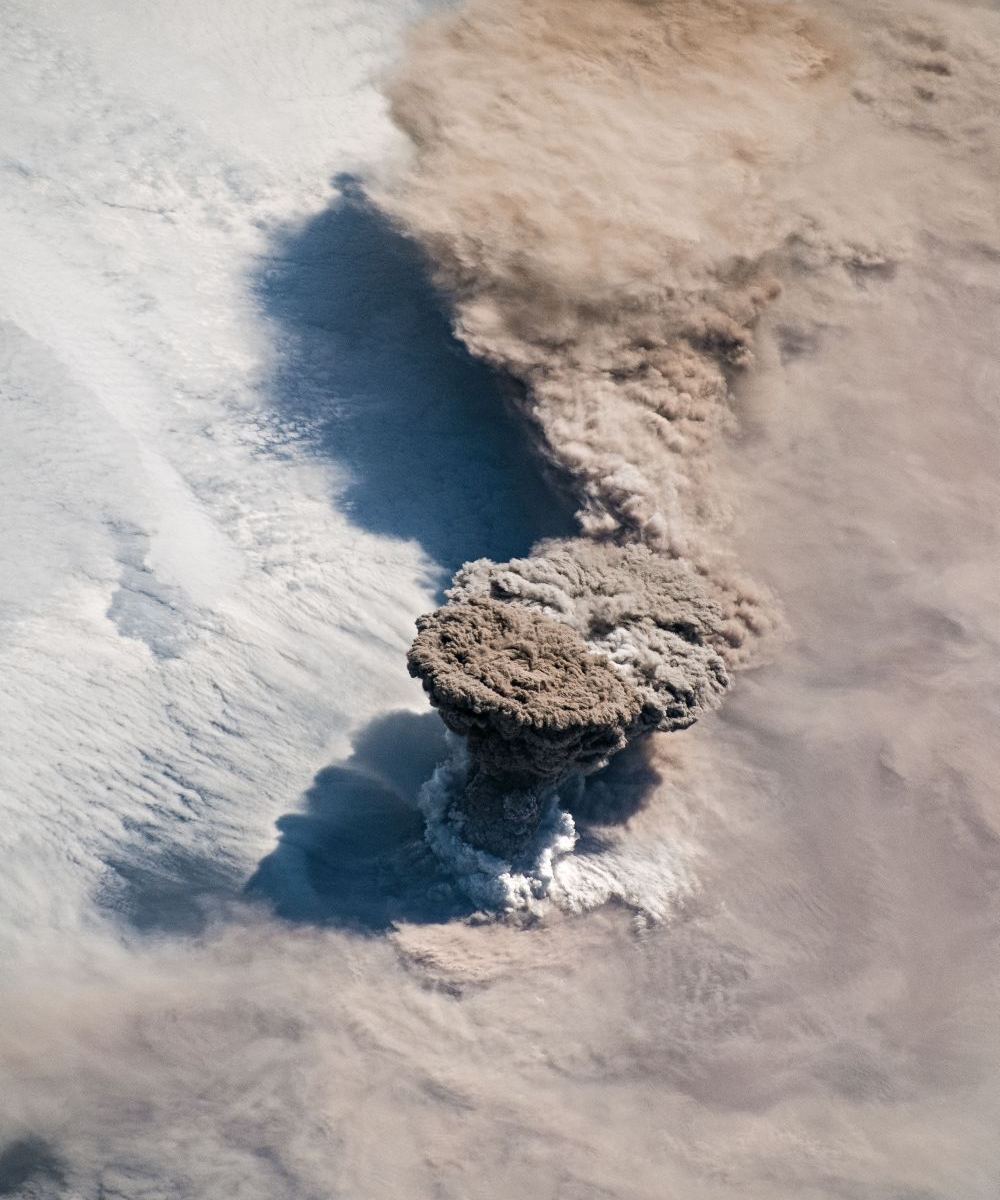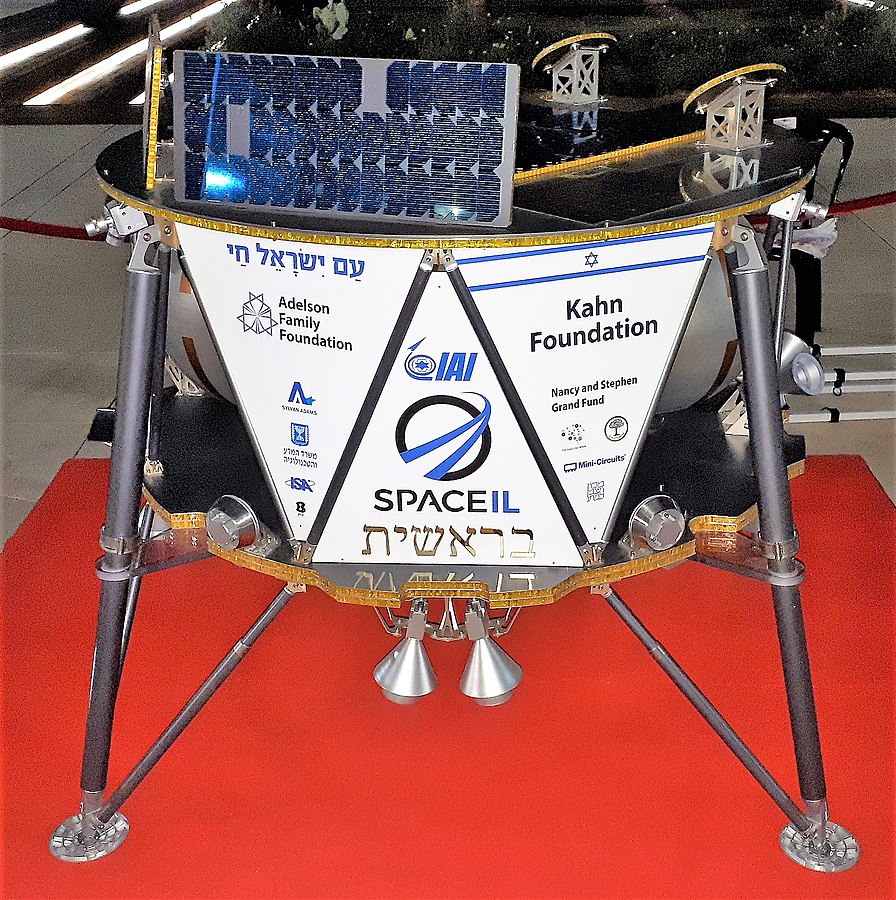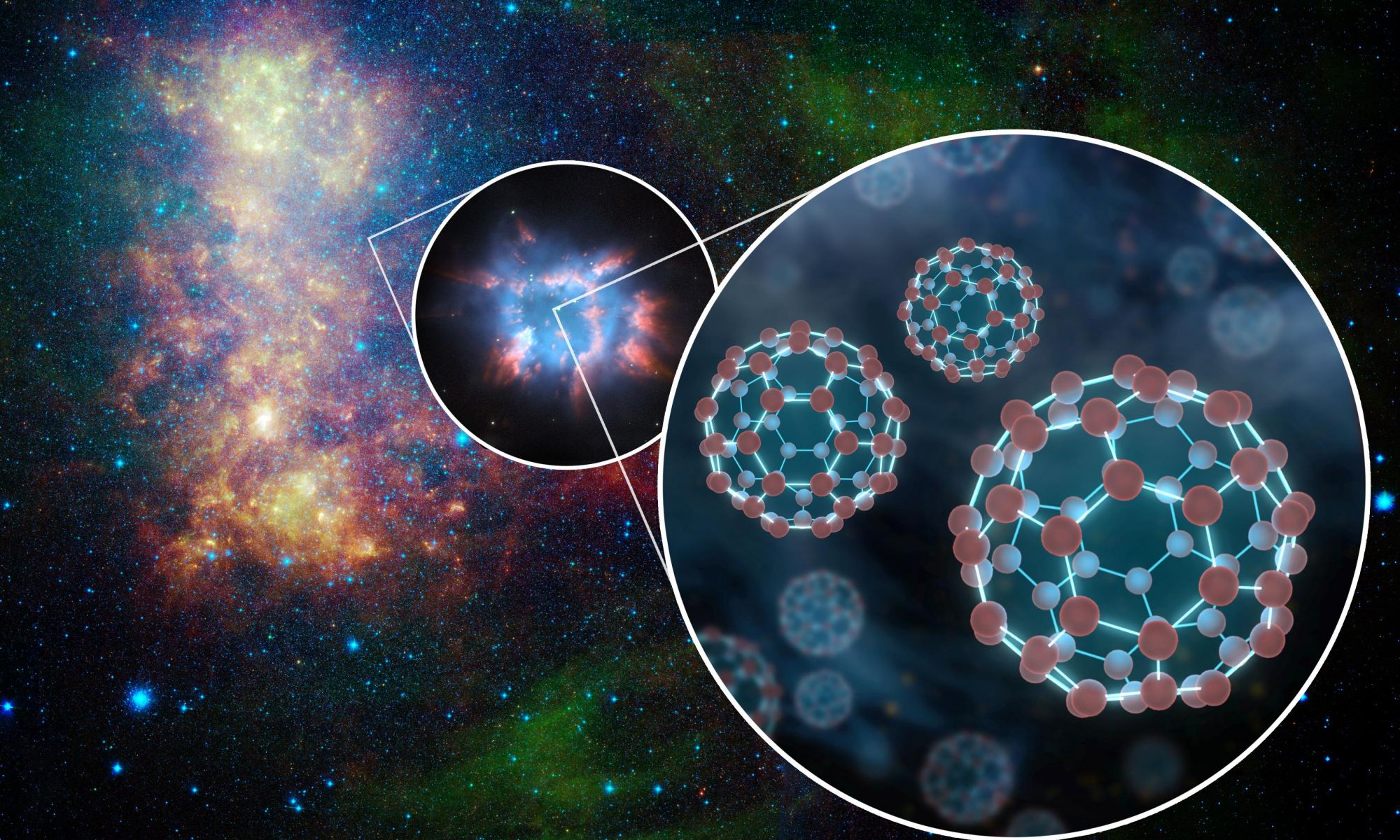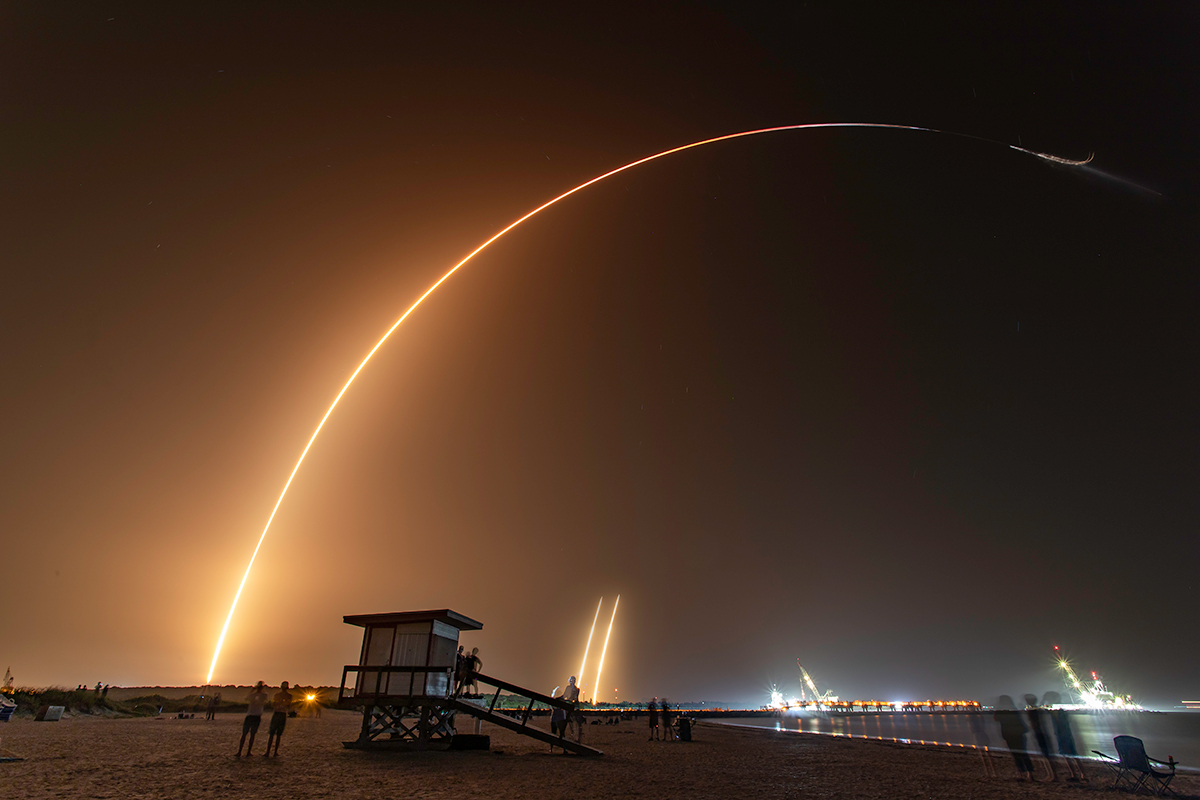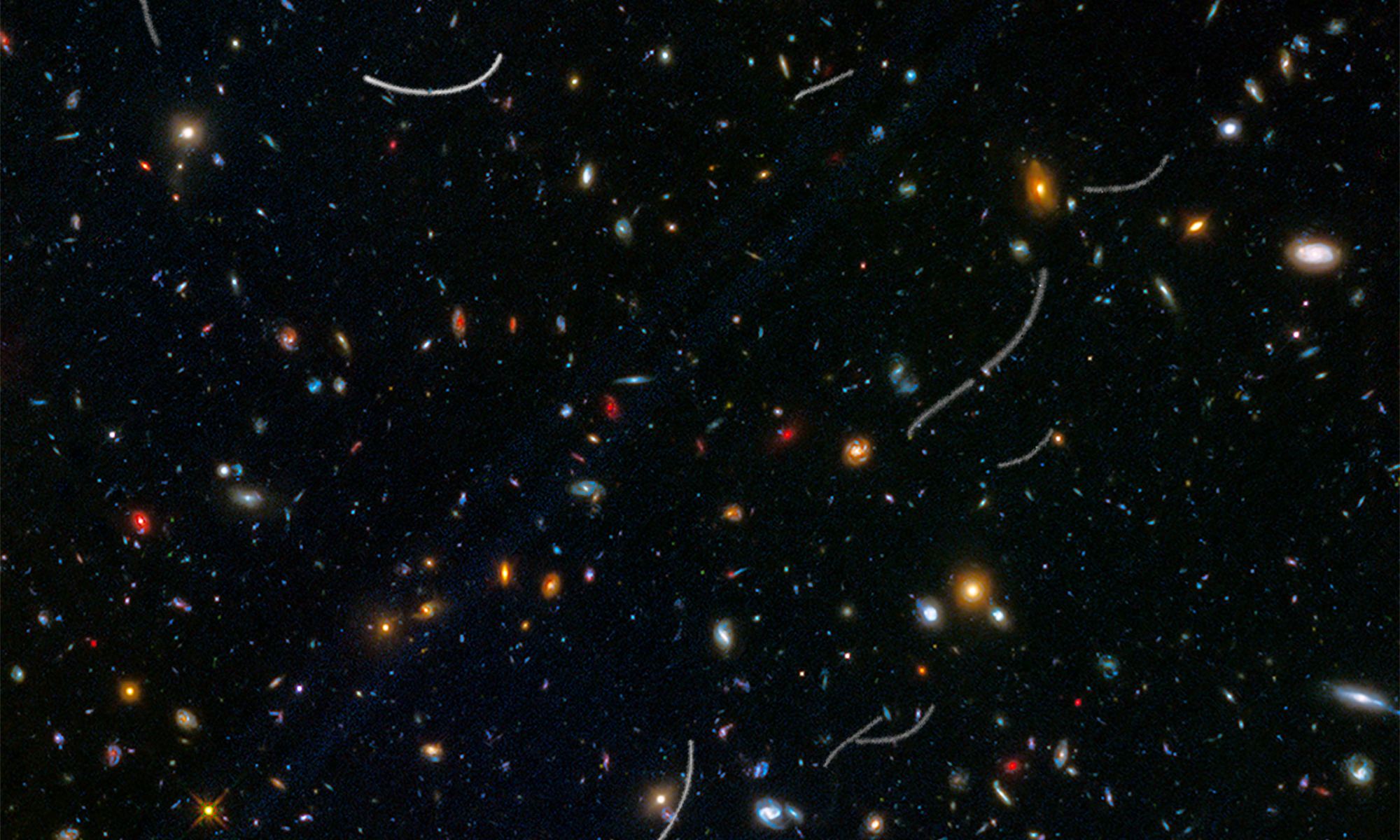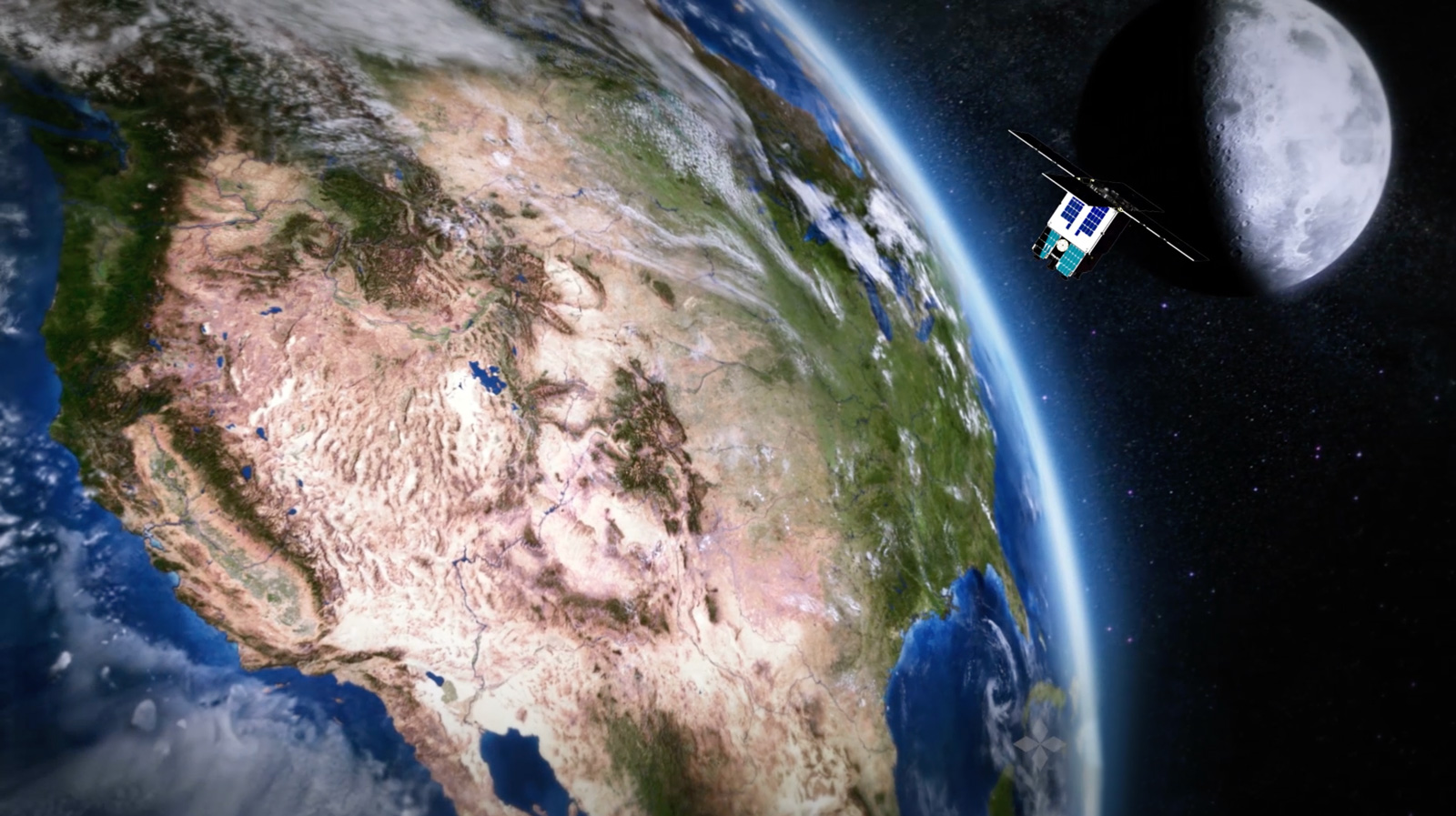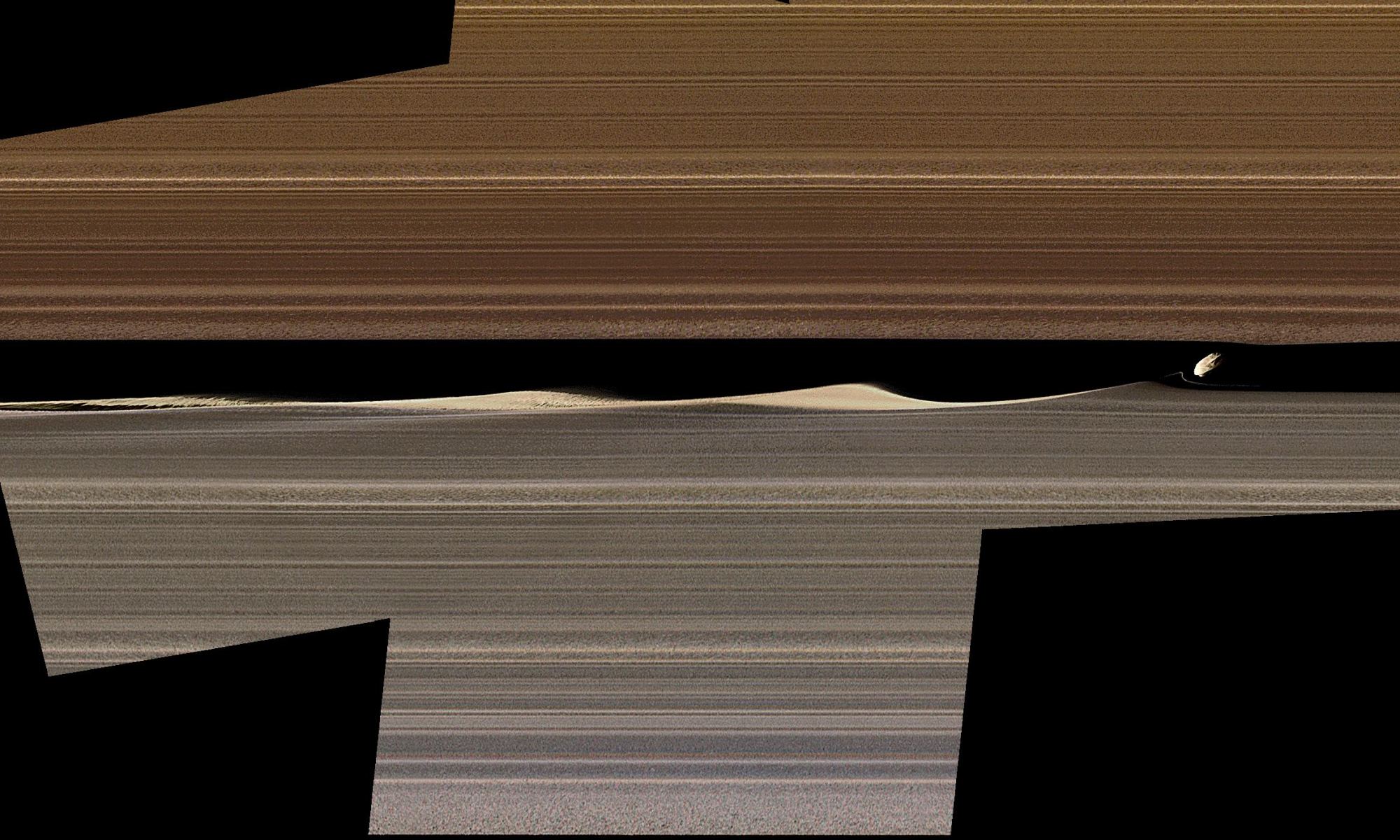The Raikoke Volcano, dormant for a very long time, has awoken from its slumber. The volcanic island is in the Kuril Island chain, near the Kamchatka Peninsula in Russia. Unlike its more volcanically active neighbours, Raikoke has been dormant since 1924.
Thanks to astronauts on the International Space Station, we have gorgeous photos of the eruption.
Continue reading “Eruption of the Raikoke Volcano, Seen From Space”
